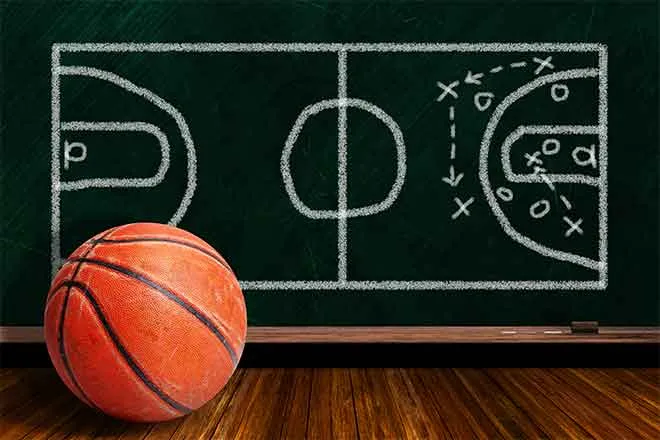
Study: Remote learning a 'primary driver' of widening achievement gaps
(The Center Square) – A new working paper analyzed testing data from 2.1 million students in 49 states plus D.C. and found that “remote instruction was a primary driver of widening achievement gaps.”
The Center for Education Policy Research at Harvard University, the National Center for Analysis of Longitudinal Data in Education Research at the American Institutes for Research, and NWEA, a nonprofit research and educational services provider, collaborated to write “The Consequences of Remote and Hybrid Instruction During the Pandemic.”
The paper follows mounting research that pivoting to remote learning harmed students’ mental health, according to the Centers for Disease Control and Prevention, while annual learning assessments displayed suffering reading and math grades.
“In districts that went remote, achievement growth was lower for all subgroups, but especially for students attending high-poverty schools,” researchers wrote in the new paper. “In areas that remained in person, there were still modest losses in achievement, but there was no widening of gaps between high and low-poverty schools in math (and less widening in reading.)”
However, the study found that there was “no widening of math achievement gaps” between high-, middle-and low-poverty schools that stayed in-person through 2020-2021.
In March 2020, Michigan Governor Gretchen Whitmer ordered all K-12 schools closed for more than 1.5 million students that school year. Governors across in the country made similar orders.
Even in January 2022, Flint and Detroit metro schools briefly returned to remote learning.
The paper found that students in high-poverty districts received less in-person instruction and experienced more learning loss.
“We estimate that high-poverty districts that went remote in 2020-21 will need to spend nearly all of their federal aid on academic recovery to help students recover from pandemic-related achievement losses,” researchers wrote.
In addition, a McKinsey & Company report found that pandemic learning loss includes more than just academic learning.
“They are at risk of finishing school without the skills, behaviors, and mindsets to succeed in college or in the workforce,” the analysis said.
The report estimated that “[S]tudents may earn $49,000 to $61,000 less over their lifetime owing to the impact of the pandemic on their schooling. The impact on the US economy could amount to $128 billion to $188 billion every year as this cohort enters the workforce.”
After COVID-19 and school closures disrupted many schools nationwide, now many are scrambling to help students recover. Possible solutions include summer school, tutoring programs, or for Grand Rapids Public Schools, temporarily lowering the graduation credit requirement from 22 credits to 18.

















